What is Video Memory?
Video memory or video RAM (VRAM) is dedicated memory on your graphics card (GPU) intended for processing and storing image and video data. Unlike your computer’s main RAM, VRAM focuses on high bandwidth requirements and fast access to the data needed to maintain quality. Video RAM acts as the frame buffer and stores all image data for what will be displayed on your screen. High VRAM capacity enables the storage of more complex text and graphics for detailed graphics.
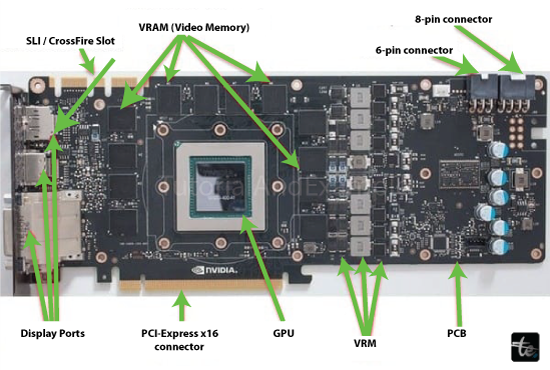
VRAM utilizes distinct technologies compared to conventional RAM and enables the necessary read and write speeds to accommodate the demanding data flows for graphical finesse in gaming, 3D processing, and video editing. By physically integrating the processing units of the GPU and minimising data transfer and visual lag, it optimises the utilisation of image data for interpretation and display.
Purpose of VRAM
The primary objective of video memory is to swiftly store and retrieve the information required to render images on the screen expeditiously. This encompasses all textures, frame buffers, shaders, and other graphical components indispensable for rendering. A greater amount of video memory equips the GPU with enhanced capabilities in handling high-definition displays, intricate graphics, gaming, video editing, 3D modelling, and other complex applications.
The rapid operation of video memory facilitates efficient data processing and distribution to the GPU, thereby fostering visual clarity and efficacy. VRAM encompasses diverse variations, such as GDDR (Graphics Double Data Rate) and HBM (High Bandwidth Memory), each possessing distinct functionalities and bandwidths tailored to cater to diverse graphic requirements.
Advantages of Video Memory
Here, we have compiled a list of significant advantages of employing VRAM across various domains:
- Ample VRAM, particularly in resource-intensive games and applications, ensures seamless gameplay and swift responsiveness without glitches or sluggishness.
- With more VRAM, intricate scenes can be rendered with enhanced resolutions, crisper textures, and intricate details.
- The smooth execution of working with high-resolution videos and applying complex effects is facilitated by a sufficient VRAM capacity to handle data manipulation.
The ideal quantity of VRAM depends on your specific usage requirements. For simple tasks like casual gaming and web browsing, 2-4GB might suffice. However, for demanding games, high-resolution video editing, and professional 3D work, it is highly recommended to have 8GB or even 16GB+ of VRAM.
Types of VRAM
VRAM technology has evolved; there are two main types used in modern graphics cards:
1) GDDR (Graphics Double Data Rate)
This is the current industry standard for VRAM, and it comes in several generations:
- GDDR5
Micron Technology crafted this innovation as a seamless connection between GDDR5 and GDDR6, aiming to surpass the capabilities of GDDR5 while offering distinct advantages before the introduction of GDDR6. GDDR5 bestows a substantial memory bandwidth, enabling swifter data transfer rates than its predecessors (e.g., GDDR3). This heightened bandwidth greatly enhances performance when dealing with extensive volumes of visual data, an essential requirement for gaming, video editing, and other applications that heavily rely on graphics.
GDDR5 memory showcases accelerated clock speeds compared to prior iterations, resulting in expedited data access and processing. This surge in speed propels GPU performance, facilitating smoother frame rates and superior graphics rendering. Furthermore, GDDR5 exhibits greater power efficiency when compared to older VRAM technologies, thereby assisting in managing heat output and power consumption within graphics cards. GDDR5 modules are offered in various sizes, ranging from 1GB to 8GB per chip. The quantity and dimensions of these modules dictate the total VRAM capacity available on a graphics card.
- GDDR5X
Compared to the typical GDDR5, GDDR5X presents a greater memory bandwidth. This enhanced bandwidth facilitates swifter data transfer rates, enhancing performance when handling substantial quantities of visual data for gaming, content generation, and other applications heavily relying on graphics. GDDR5X memory functions at accelerated clock speeds and employs more effective techniques for encoding data, thereby enabling greater data throughput than the conventional GDDR5.
In contrast to GDDR5, GDDR5X attains faster speeds without a noteworthy increase in power consumption or heat generation, rendering it a more efficient option for graphics cards. GDDR5X served as an intermediary memory technology between GDDR5 and GDDR6. It outperformed GDDR5 but was ultimately outshined by the more advanced GDDR6 and subsequent iterations.
- GDDR6
Compared to GDDR5 and GDDR5X, GDDR6 offers a substantially greater memory bandwidth. This enhanced bandwidth facilitates swifter data transmission between the GPU and memory, thereby enhancing the overall performance of graphics, especially when handling voluminous textures, gaming at high resolutions, and tackling intricate computational tasks.
Compared to its previous versions, GDDR6 performs at higher frequencies, leading to swifter data processing and rendering. This enhanced speed brings a more seamless gaming experience, accelerated frame rates, and enhanced performance in applications heavily relying on graphics.
Due to its enhanced performance attributes, GDDR6 has emerged as the go-to memory solution for numerous top-tier and mid-level graphic cards. Its utilisation extends to gaming, content development, artificial intelligence, and various graphics-demanding operations within graphics processing units (GPUs).
GDDR6 memory modules come in different sizes, ranging from 4GB to 16GB per chip, enabling greater memory capacities on contemporary graphics cards. Various memory bus widths and configurations (256-bit or 384-bit) enhance memory performance and bandwidth.
Difference Between RAM and VRAM
RAM and VRAM are both memory types; however, they have some key differences. Here, you can see those differences.
| RAM | VRAM |
| It keeps active programs and data that the CPU uses. Consider it your computer's short-term memory, which is constantly accessed for daily tasks such as running applications, web browsing, and word processing. | Dedicated memory on the graphics card (GPU) is used for graphics and video data processing and storage. It directly impacts the visual display on your screen, handling textures, models, and framebuffers for smooth rendering. |
| Faster than VRAM in general, especially regarding latency (read/write access time). This is necessary for the CPU to quickly access frequently used data. | The GPU's rapid graphical information processing requires high bandwidth or the ability to quickly transfer large amounts of data. Some newer VRAM technologies, such as GDDR6X, can outperform RAM in speed. |
| It is single-ported, which means it can only be accessed for reading or writing simultaneously. | Many modern VRAM types are dual-ported, allowing for simultaneous reading and writing, which improves performance for GPU tasks even further. |
| In modern computers, RAM is typically larger than VRAM, ranging from 8GB to 32GB or more. You must have enough RAM to handle multiple running applications while avoiding performance bottlenecks. | Typically, VRAM is smaller than RAM, with capacities ranging from 2GB to 16GB depending on the graphics card and intended use. However, VRAM requirements vary greatly depending on graphical demands. |
| It is installed directly onto the motherboard, close to the CPU, for faster communication. | This graphics card component is physically separate from the CPU but directly connected to the GPU for efficient graphics processing. |
| All computer functions require it, from basic tasks to demanding applications like video editing and coding. | Designed primarily for graphics-intensive tasks such as gaming, video editing, 3D designs, and high-resolution video playback. |
How to Check VRAM Amount in a Computer?
You can check the actual amount of VRAM in your computer system using several methods. Here, you can see the procedures to check VRAM in Windows, macOS, and Linux.
In Windows
Method 1: (Display Settings)
- On the Desktop, Right-click and go with Display Settings.
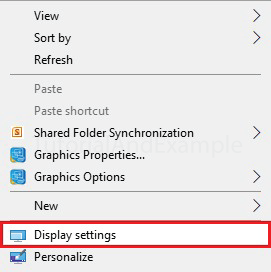
- Here, scroll down and click on Advanced display settings.
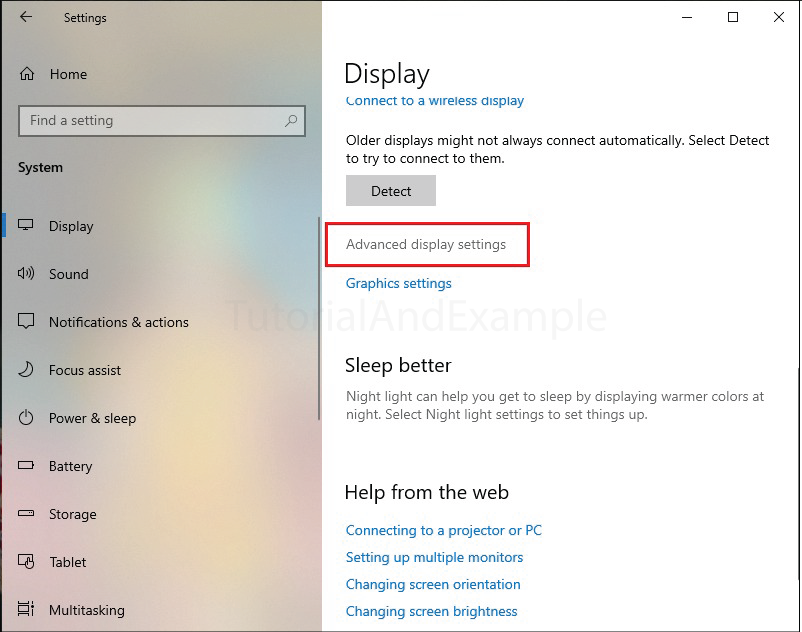
- Now, select Display adapter properties for Display 1.
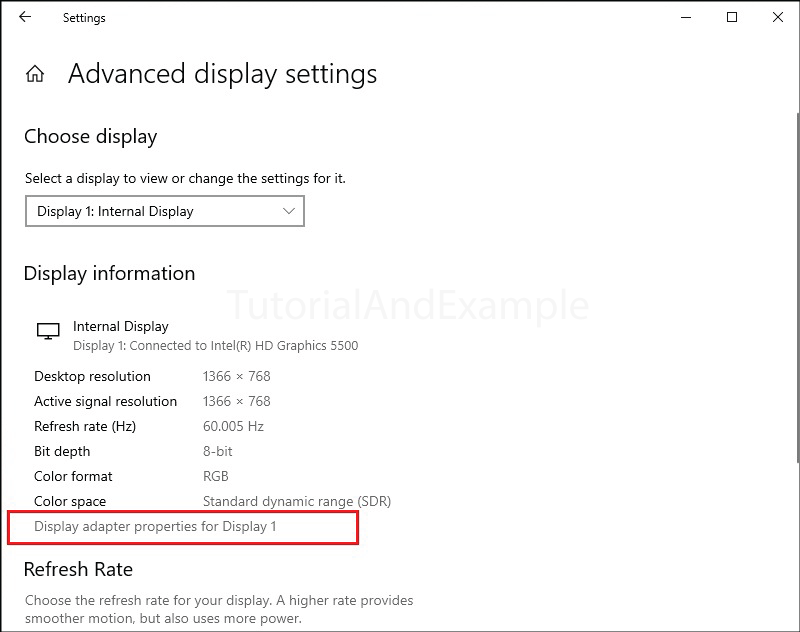
- In the Adapter tab, see Dedicated Video Memory.
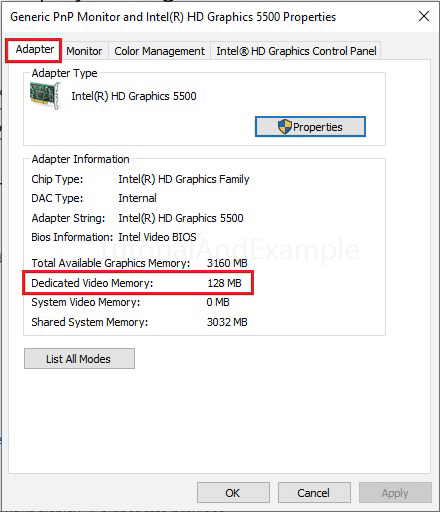
Method 2: (Using DirectX Tool)
- Press the Windows+R buttons to launch the Run Dialogue Box.
- Here, type dxdiag and hit Enter.
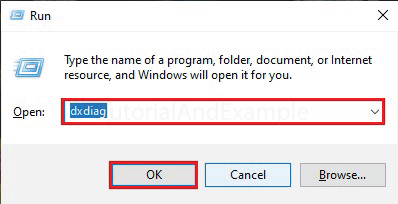
- A new window will open here; navigate to the Display section.
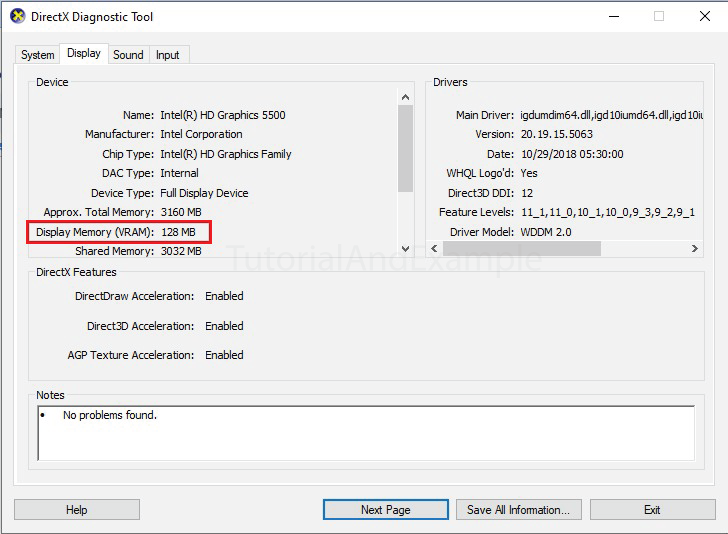
- Here, you can see Display Memory (VRAM).
In macOS
- Click on the Apple icon and select About This Mac.
- Now, click on the System Report option.
- From the left section, choose Display/Graphics.
- Here, you can get the information about VRAM.
In Linux
Using Terminal Command
- Open the Terminal Window.
- Type the command lspci -v | grep -A 12 VGA.
- Now, you can see the detailed information about VRAM.
Why is VRAM important for Gaming?
We know video games need many rendered textures, shaders, and graphics to look and feel. Increased VRAM storage allows the GPU to deliver high-quality images and information to the screen. This gives the screen resolution up to 4K and more on-screen images.

Video games with complex features require a lot of special memory, called VRAM, and a high-performance computer to display these features correctly. The graphics card is responsible for storing time for these images briefly before they appear on the screen. Higher VRAM on a graphics card allows it to hold more images, ultimately making the game faster and faster graphics, especially for games with complex artwork; higher VRAM can give the game productivity dramatically.
Conversely, insufficient VRAM on your computer can cause problems such as slow graphics loading, especially with new games that require multiple graphics. This can make gaming difficult. However, it can be solved easily by ensuring your computer has enough VRAM for optimal gaming. Given the sophisticated graphics of today’s games, sufficient amounts of VRAM are needed to prevent any lag. Additionally, having more VRAM can be useful for performing more tasks on your computer, such as using two screens for applications or games. Clearly, it is a unique multitasking tool.
History of VRAM
VRAM possesses an extensive history of creativity and progress, perpetually adapting to fulfil the ever-growing desires of visual processing. Here's a timeline of its notable accomplishments:
VRAM was created in 1980 at IBM Research by inventors F. Dill, D. Ling, and R. Matrick. It was developed to tackle the limitations of regular RAM for graphics processing, specifically the sluggish access times and exorbitant cost. This technology obtained a patent in 1985. IBM incorporated VRAM into their high-resolution graphics adapter for the RT PC system 1986, thus becoming the first commercial application of this innovation. This occurrence expedited development and reduced the cost of dual-port memory, which has become indispensable for advanced graphics rendering.
Because of its remarkable performance enhancements over regular RAM, VRAM swiftly became the norm for professional graphics cards and high-end gaming PCs in 1990. Various varieties of VRAM, such as SGRAM, emerged with accelerated speeds and decreased power consumption. HBM materialised as a high-performance VRAM solution for professional and high-end graphics cards. HBM memory chips were directly stacked onto the GPU package, resulting in significantly amplified bandwidth and enhanced power efficiency. With GDDR5X and GDDR6, GDDR continued progressing, increasing bandwidth and addressing concerns regarding power consumption.
Choices & Future of VRAM
Today, selecting the best VRAM is determined by your needs and budget.
Casual gamers may only need 2-4GB, whereas demanding games and professional work may require 8GB or more. The most common VRAM technologies are GDDR6 and GDDR6X, while HBM is used in high-performance applications. The future of VRAM will likely include additional bandwidth and efficiency improvements, possibly with new technologies such as GDDR7 and LPDDR5X on the horizon.
Conclusion
Video storage, frequently referred to as VRAM (Video Random Storage Memory), is a specialised variant of storage inside a computer's GPU specifically engineered to hold and rapidly retrieve visual information. VRAM is crucial in generating visuals, controlling screen resolutions, and managing frame buffers, directly impacting a system's ability to generate high-quality game graphics.